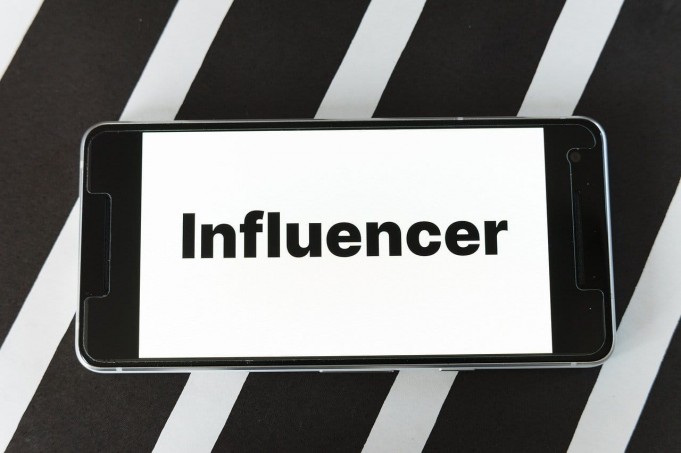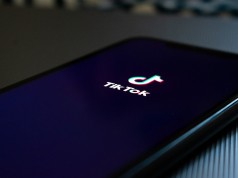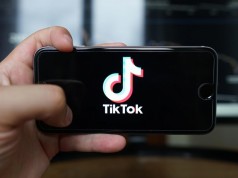Future of Influencer Marketing
Digital and social media platforms are the new buzz for marketers to promote and endorse their brands and products. In the pool of digital marketing, there are many niches to work on. Right now, the most common buzz for marketers and consumers is influencers ad creators. In this article, we will discuss the future of Influencer Marketing.
What Is Influencer Marketing?
Influencers are those people who have thousands and millions of followers. Influencer marketing has some relevance to mouth-to-mouth marketing. Followers of these influencers adhere to the advice that is posted. Influencer Marketing is also a less explicit method to advertise brands, services, and products. COVID-19 has boosted the growth of these influencers, and this marketing tactic is on the rise. Anyone with thousands of followers has started calling themselves an influencer. What will be the future of Influencer Marketing in the coming years? Let’s find out.
1. The Emergence of Influencer Networks
The future of Influencer Marketing is endless. Due to the collective approach and more influential power, marketers have started grouping influencers and promoting a brand. Groups of influencers can help target multiple communities of the same region that support two different influencers. Marketers also have started taking those influencers who have a higher and more associative approach towards the brand or the product. This is because if companies choose someone who has similar criteria or niche, then he/she can target those people who have some interest in buying the service. Likewise, it is the same for the Influencer.
2. Emphasis on Micro-Influencers
Brands and companies have now realized that sometimes less is more. Because of the demand for influencers, people have started buying followers that are not organic. This has led to a reduced rate of reach from big influencers. Companies have started going towards Micro-Influencers who have a less amount but a more organic following. This way, companies can target those people who are interested in buying the service. Also, micro-influencers maintain a better bond than the big influencers, which can be useful for a live audience to buy something.
3. Increase of In-House Influencer Programs
Companies have started searching for better and more effective ways to reach their audience through influencers. They have started realizing the importance of collaborations with content creators and influencers. Additionally, companies have started proposing long-term contracts to have a particular audience for a better period. That’s why brands have come up with an idea of in-house influencers. With in-house influencing, influencers work for a particular brand and focus on building trust towards the company. In-house influencers are more reliable, cost-friendly, and can help companies improve their authenticity and loyalty.
4. The Rise of CGI Influencers
CGI influencers or Computer-generated Imagery Influencers have come up as a new advancement in the digital industry. CGI influencers have changed the way companies look for collaborations. CGI influencers are manufactured in the virtual world and can help marketers to focus on multiple audiences simultaneously. Moreover, they can work for hours and don’t require a lot of money and maintenance.









